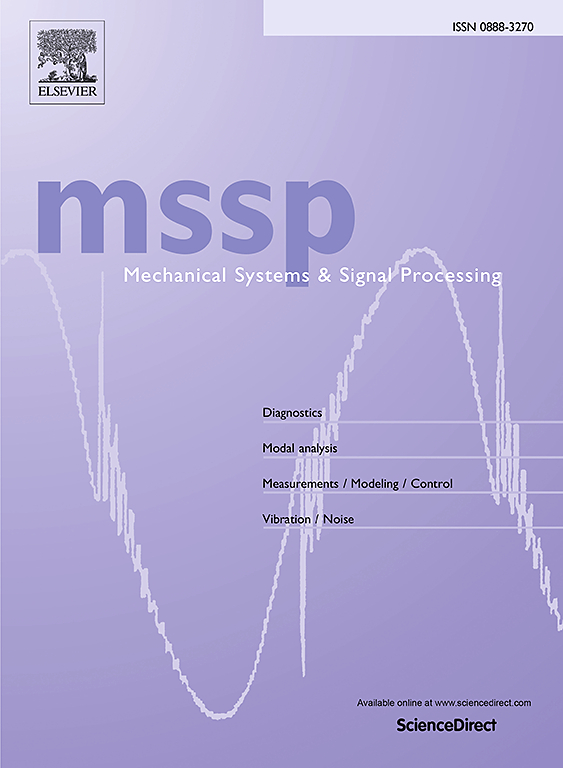Research paper is accepted by Mechanical Systems and Signal Processing.
Title: Classifier-guided neural blind deconvolution: A physics-informed denoising module for bearing fault diagnosis under noisy conditions
Authors: Jing-Xiao Liao, Chao He, Jipu Li, Jinwei Sun, Shiping Zhang, and Xiaoge Zhang
Abstract: Blind deconvolution (BD) has been demonstrated to be an efficacious approach for extracting bearing fault-specific features from vibration signals under strong background noise. Despite BD’s appealing feature in adaptability and mathematical interpretability, a significant challenge persists: \textit{How to effectively integrate BD with fault-diagnosing classifiers?} This issue is intricate to be tackled because the traditional BD method is solely designed for feature extraction with its own optimizer and objective function. When BD is combined with the downstream deep learning classifier, the different learning objectives easily get in conflict. To address this problem, this paper introduces classifier-guided BD (ClassBD) for joint learning of BD-based feature extraction and deep learning-based fault diagnosis. Towards this goal, we first develop a time and frequency neural BD that employs neural networks to implement conventional BD, thereby facilitating seamless integration of BD and the deep learning classifier for co-optimization of model parameters. In the neural BD, we incorporate two filters: i) a time domain quadratic filter to utilize quadratic convolutional networks for extracting periodic impulses; ii) a frequency domain linear filter composed of a fully-connected neural network to amplify discrete frequency components. Next, we develop a unified framework built upon a deep learning classifier to guide the learning of BD filters. In addition, we devise a physics-informed loss function composed of kurtosis, $l_2/l_4$ norm, and a cross-entropy loss to jointly optimize the BD filters and deep learning classifier. In so doing, the fault labels are fully exploited to direct BD to extract features in distinguishing classes amidst strong noise. To the best of our knowledge, this is the first of its kind that BD is successfully applied to bearing fault diagnosis. Experimental results from three different datasets highlight that ClassBD outperforms other state-of-the-art methods under noisy conditions. The source codes of this paper are available at https://github.com/asdvfghg/ClassBD.




